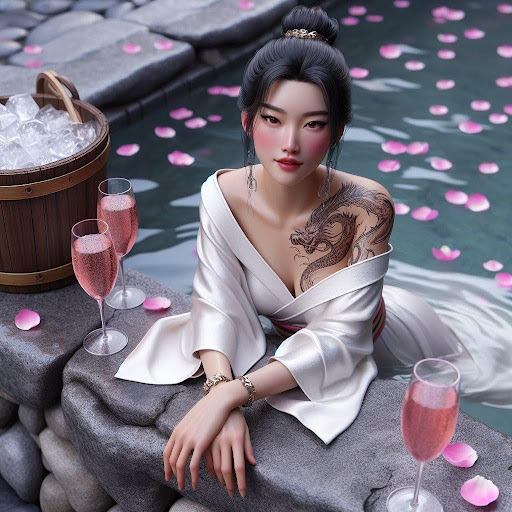Artificial Cinematography: How Anime and Cartoons Shape Images of the Future
Modern technologies are rapidly changing our approach to cinematography, especially in the realm of animation. Cartoons and anime, once considered children’s entertainment, have now become powerful tools for shaping images and meanings. The integration of artificial intelligence in the animation creation process opens new horizons for artists and viewers alike, allowing for the creation of unique worlds and characters. In this article, we will explore how anime and cartoons influence the formation of contemporary images.
Revolution of Animation: From Traditional to Digital
Animation has come a long way from hand-drawing to the use of complex algorithms and AI. Modern technologies enable the creation of visually stunning works with minimal time and resource investment. This not only expands the boundaries of creativity but also allows low-budget studios to compete with major producers. Anime, in particular, has become a striking example of how unique styles and original plots can capture audiences worldwide.

Recent advancements in machine learning allow for the creation of animation that responds to viewer preferences. Algorithms can analyze popular themes, genres, and visual elements, leading to the production of works that closely align with audience expectations. This, in turn, fosters the emergence of new formats, such as interactive animation projects where viewers can influence the storyline.
The Influence of Technology on Image Formation
Anime and cartoons not only entertain but also actively shape images and stereotypes in mass culture. Characters created with modern technologies have become true cultural icons. They reflect the diversity of human experience and emotions, creating new images that inspire viewers to express themselves. The integration of services like AI undress allows users not only to enjoy animation but also to create unique images based on their preferences. This opens up new opportunities for creativity and personal expression.
Thanks to technology, users can transform their photographs into animated styles or create original artworks, making the creative process accessible to everyone. Such platforms not only entertain but also enhance mood, providing an opportunity to immerse oneself in a world of fantasy and self-expression. It is important to note that this approach to image creation fosters cultural exchange, as viewers from different corners of the world can contribute to the overall context.
Anime: A Mirror of Modernity and Social Issues
One should not underestimate the social role of anime and cartoons in contemporary society. These works often address important topics such as identity, social justice, and ecology. In the context of globalization and rapid technological development, animation serves as a platform for discussing pressing issues. Creators use images and symbols to draw attention to relevant problems, creating a powerful visual language.
Many anime series and films explore themes of loneliness, depression, and the search for meaning in life, resonating with a wide audience. These works create a space for dialogue, allowing viewers to identify with characters and reflect on their own experiences and emotions. Thus, animation serves not only as entertaining but also as an educational function, promoting social awareness.
The Future of Animation and Artificial Intelligence
With each passing year, technologies become increasingly sophisticated, and the future of animation looks promising. In the coming years, we expect to see new formats and styles that will combine traditional art with modern advancements. Smart algorithms capable of analyzing and generating content will pave the way for the creation of unique animated works that respond to viewer preferences in real-time.
This approach could change not only the process of animation creation but also the way we interact with it. In the future, viewers may not only observe but also actively participate in the storyline, creating their own alternative versions of animated works. For instance, interactive platforms may allow users to choose different plotlines, determine the fates of characters, or even take part in creating new scenes. This would mean that viewers become not just passive observers, but active participants in the creative process.
The advancement of technology allows for more precise consideration of individual viewer preferences. Algorithms will be able to analyze audience behavior data and adapt content to their needs, creating personalized animated stories. This will open new horizons for creativity and engagement, which will undoubtedly influence public perception of animation as an art form.
Such evolution in the creation and perception of animation will lead to it being viewed not just as entertainment but as a serious tool for self-expression and dialogue. We will witness deeper and more meaningful stories that can address important themes and evoke emotions, connecting people through shared experiences.
Conclusion
The integration of artificial intelligence in animation and cartoon creation opens new possibilities for shaping images and meanings. Anime and cartoons are becoming important tools for cultural exchange and self-expression, allowing viewers not only to enjoy art but also to actively participate in its creation. We are on the brink of a new era where animation will become an integral part of our cultural experience, and this will undoubtedly change our perception of images in the future.
